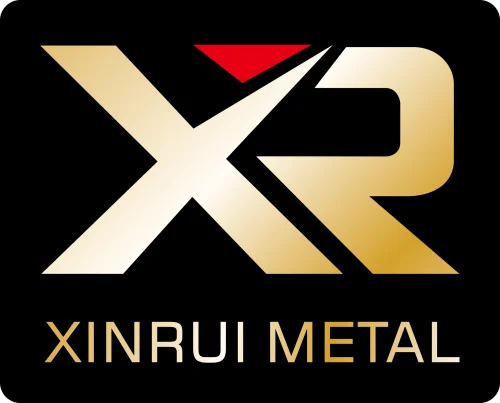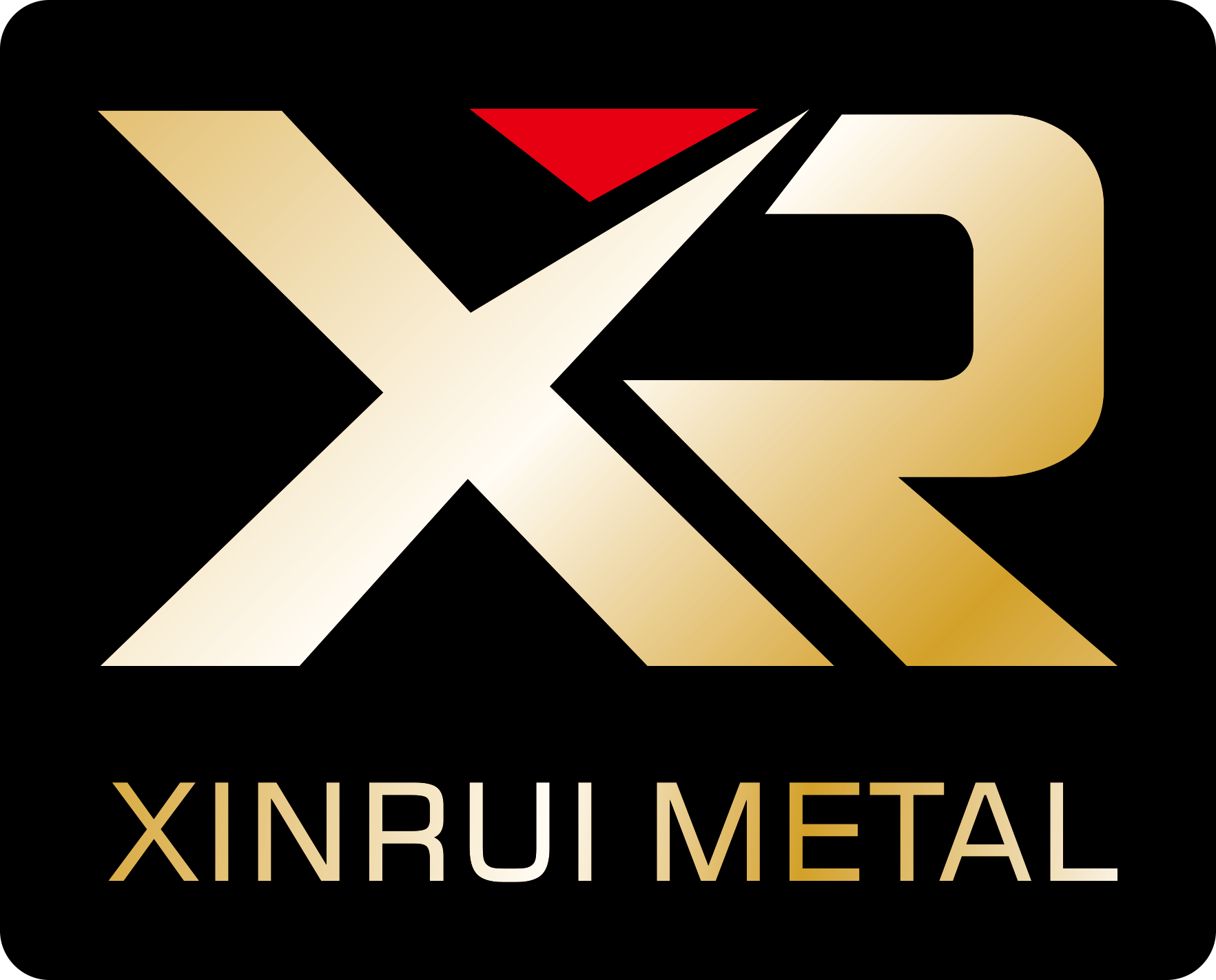In-depth Analysis of Tinplate Packaging Design Trends in 2025
Release time: Apr 11,2025
I. Environmentally Sustainable Design: Green Transformation as the Core
1. Lightweight Materials and Circular Processes
Using thinner, lighter tinplate (thickness optimized to 0.15-0.18mm) reduces raw material consumption, while recyclable tin plating reduces carbon emissions. Bio-based coatings and benzene-free inks replace traditional chemical coatings, meeting EU REACH environmental standards and food-grade safety requirements.
2. Circular Economy Model Innovation
Introducing a detachable structural design (such as a split-type can lid) facilitates recycling and reuse, reducing resource waste. Companies are exploring closed-loop production chains, such as Bowang Can's waste recycling rate, which has reached 95%.
II. Functional Enhancement: From Preservation to Intelligent Interaction
1. Preservation and Protection Technology Upgrades
Multi-layer composite process: moisture-proof layer + antioxidant coating, extending the shelf life of food (e.g., coffee can preservation period increased by 30%).
Antibacterial coating: used in pharmaceutical and cosmetic packaging, with FDA antibacterial certification.
2. Intelligent Packaging Solutions
Internet of Things label integration: supports QR codes/NFC chips, enabling product traceability and anti-counterfeiting inquiries (e.g., scanning the tea can to view origin information).
Thermochromic ink: displays the status of the contents in real time (e.g., the milk powder can lid changes color to warn of high temperatures).
III. Aesthetic Design: Appearance is Competitiveness
1. Innovation in Irregular Shapes and Surface Processes
3D embossing + gradient hot stamping: used in high-end gift boxes
Open window hollow-out design: combined with transparent acrylic or environmentally friendly PET film, showcasing the contents (sales of INS-style coffee cans increased by 45%).
2. Minimalist and National Tide Styles in Parallel
Matte frosted texture: fits the "low-key luxury" aesthetics of Generation Z, commonly seen in beauty joint-name products.
Intangible cultural heritage elements: such as cloisonné patterns and ink and wash printing, enhancing cultural added value.
IV. Production Technology Innovation: Efficiency and Individuality Combined
1. Digital Customization Services
AI-generated design system: input brand tonality keywords to automatically generate 3D renderings, delivering samples within 48 hours.
Small batch flexible production: supports small batch orders, and the C2M model reduces trial and error costs.
2. Process Breakthroughs
Laser micro-engraving technology: achieves 0.1mm precision LOGO engraving, reducing costs by 60% compared to traditional etching processes.
High-speed tin printing technology: using the MSA tin plating system, the line speed exceeds 500m/min, increasing production capacity by 30%.
V. Cross-border Application Scenarios Expansion
Electronic product packaging: anti-static tinplate boxes have become new favorites for earphones and hard disk storage, with year-on-year growth of 120% on Tmall.
Sustainable gifting: reusable cookie boxes are transformed into stationery storage boxes.
Other Information
Why Choose Tinplate Round Cans for Your Packaging Needs? Discover the Benefits and Applications
Release time: Jun 23,2025






